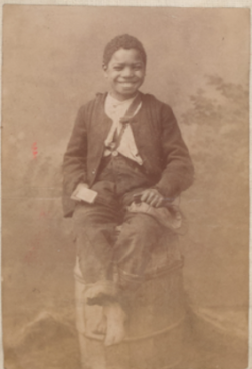UK Disability History Month – A Life Lived Abundantly

To celebrate the lives and achievements of people with disabilities as part of UK Disability History Month (20 November- 20 December) I’ve had a look into the Trust’s archive to explore Bethesda, the Charity’s first home for children with disabilities opened in 1890. The service provided care and later education, but I was interested to find what extra-curricular activities and recreations were available to the children and how these changed. The Bethesda home was located on the edge of Broughton Park, Salford. The home’s name meant ‘House of Mercy’ and annual reports from the 1890s stated the aim for Bethesda was to provide, ‘ a combined home and hospital.' Residents came to Bethesda from local hospitals where no further treatment could be provided and where families didn’t have the facilities to provide care. For other children, their health conditions were the result of poverty and/or neglect. From 1905 Annual Report Crafts were undertaken from the early days of the service....









